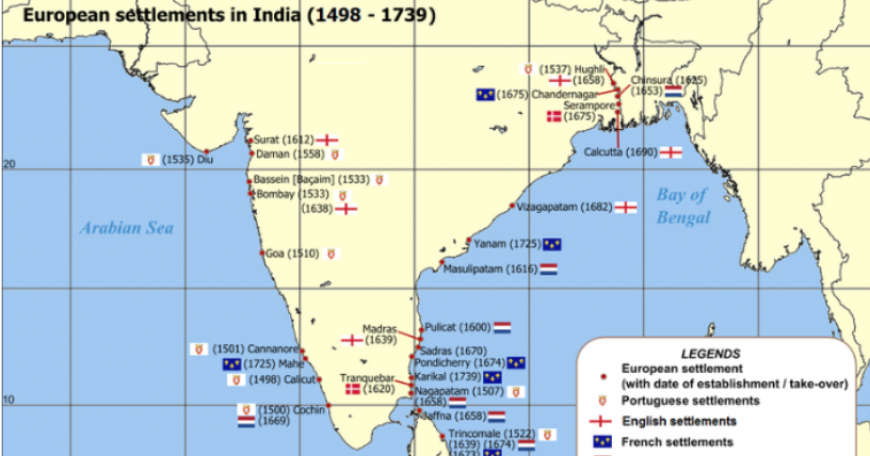Digital Tools Connect Students Across the Globe

The Challenge to Innovate
World History has traditionally been taught from the perspective of events as they impacted North America and Europe. But history is experienced and understood quite differently across the globe, deeply dependent on location and cultural context.
In order to engage their students in a more global experience this past semester, Professors Sana Aiyar and Hiromu Nagahara decided to turns the lens towards South and East Asia and examine world events from a non-western perspective.
In 21H.009 “World History and Its Fault Lines Since 1800”, Aiyar and Nagahara engaged their students in interactions with different cultures as a way to understand viewpoints in world history. To do this, they undertook a unique collaboration with Prof Yuichiro Shimizo of Keio University in Japan, utilizing the technical skill and discipline-specific expertise of Digital Learning Fellow Meghan Perdue.
Resources Shared Across the Globe Using MITx Edge
With Perdue’s assistance, 20 students in Prof Shimizo’s Japan in Word History class became participants in MIT’s world history class taught by Profs Aiyar and Nagahara. This was achieved by enrolling the Keio students in Residential MITx’s Edge platform (a sub-environment of Residential MITx that guarantees a private, closed platform).
The MIT class lectures and discussions were videotaped and made available on Edge to the Keio students. In addition, Edge was used for posting readings, assignments, and other materials.
In order for the Keio students to receive a student’s-eye experience of the MIT classes, a 360-degree camera was used to videotape class sessions. The camera was placed on a seat in the classroom to simulate the perspective of a student in the class. The resulting video allowed one to choose what part of the room to focus on, with user controls to rotate the view to watch a student as they shared, rotate back to the instructor, or rotate to another part of the classroom.
Collaborative Work
1. Annotation for commentary and discussion
In order to engage the students in collaborative written work, Perdue used an online tool (the Harvard Annotation Tool) that allowed both groups to comment on passages in a document, reply to comments, and foster in-depth discussion.
Indian poet Rabindranath Tagore and Japanese art curator Okakura Kakuzo wrote and spoke on cultural and national identity – what it meant to be Asian and what it meant to be part of the larger global community. Students in both cohorts read and annotated these documents, reflecting, commenting, and discussing them from their perspectives as well as learning the point of view of the other group.
2. Timeline creating
Another collaborative venture among both groups was the creation of digital timelines, tracing the sequence of historical events. With an open-source tool from Northwestern’s Knight Lab - Timeline - students worked in teams across both cohorts, collaboratively creating timelines with rich data and imagery.
3. Synchronous class
Although most of the interaction between the two cohorts was asynchronous, there were two live sessions between the two groups, in real time, accomplished through point-to-point web conferencing. The sessions were used to introduce the students to each other, report on projects, and ask questions and discuss.
Key Takeaways
Using digital tools to connect students across the globe offered a deeper experience of world history and a way to engage students more closely with different cultures and different points of view. Profs Aiyar and Nagahara, and Perdue plan to continue to deploy and develop digital tools in their teaching.

